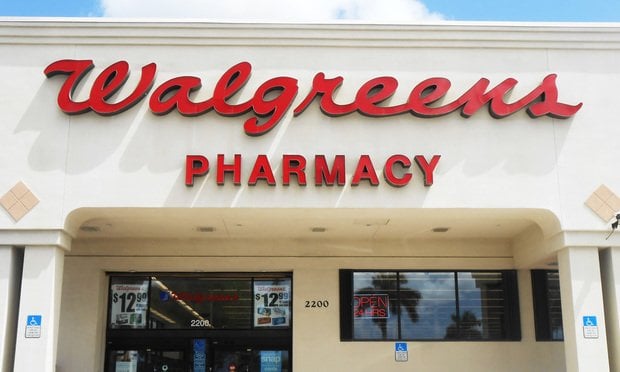 U.S. Capitol. Credit: Shutterstock
U.S. Capitol. Credit: Shutterstock
A new House bill could require health insurers and employer-sponsored health plans to cover annual breast cancer mammography screenings, with no out-of-pocket cost for the patient, starting at age.
The current starting age for the U.S. federal breast cancer screening mandate is 40.
Recommended For You
Rep. Michael Lawler, R-N.Y., introduced the bill together with Rep. Brandon Williams, R-N.Y.
The bill is under the jurisdiction of the House Energy and Commerce Committee and the House Ways and Means Committee.
"This legislation will undoubtedly save lives, and I'm proud to spearhead this important effort," Lawler said.
Lawler noted that young women diagnosed with breast cancer are more likely to have aggressive forms of the disease, and that rates of metastatic breast cancer in women under 40 have risen 3.5% each year between 2004 and 2017.
But the bill could raise questions about the cost and value to patients of expanding cancer screening mandates.
Some people might be eager to know whether they have cancer, no matter how small cancer the is or how unlikely the cancer is to eventually cause harm, but public health experts have argued that even setting the minimum age for no-cost screening at 40 can lead to many "false positive" results, unnecessary biopsies and unnecessary patient anxiety.
Braidwood v. Becerra
The new bill also appears as the Braidwood v. Becerra is making its way through the federal courts.
The closely watched case involves concerns about the constitutionality of Affordable Care Act preventive services coverage requirement. Observers say a Supreme Court ruling on the case could eliminate cancer screening mandates and other preventive services mandates based on the ACA.
For employers and their benefits advisors, elimination of ACA-based federal screening requirements could increase plan managers' flexibility but push plan administrators to make complicated, potentially controversial choices about screening benefits, such as offering breast cancer screening with no out-of-pocket costs for employers under 50.
If many employers narrow or drop screening benefits, the cost of offering those benefits could rise for the employers that choose to keep their screening benefits the same.
© 2025 ALM Global, LLC, All Rights Reserved. Request academic re-use from www.copyright.com. All other uses, submit a request to [email protected]. For more information visit Asset & Logo Licensing.







